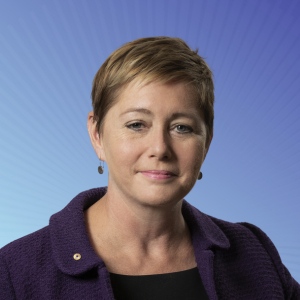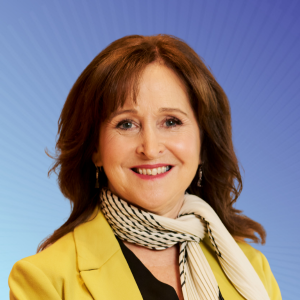Member ‘engagement’ is a buzzword now frequently used within superannuation. In the age of information and digitisation, superannuation funds are eager to capitalise on the various digital touchpoints available to members to build connection.
Funds believe that they can develop trust in their relationships with their customers by improving members’ understanding of their super. The aim of engagement is that, as a result of being better informed, members are in a better position to make decisions which ultimately lead to better retirement outcomes.
But what constitutes member engagement versus conventional expectations of product delivery and related customer service? A customer should get what they pay for. Is it a metric of the number of conversations or transactions with a customer? Or perhaps a campaign to inform customers to avoid switching into cash in a crisis? A more important question is what is the value of engagement to member outcomes?
A better solution is to improve the system design – to design super processes and products to minimise the need for direct member engagement.
A better solution is to improve the system design – to design super processes and products to minimise the need for direct member engagement.
The most successful system is the one that achieves the best results. The Productivity Commission’s (PC) reports into superannuation efficiency and competitiveness explored why some members are engaged and others are not. The PC also stated, “While some members appear disengaged with superannuation, they may still attain reasonable outcomes; conversely, active engagement does not always lead to better outcomes.”
Informed engagement is key. Members need to be sufficiently informed and able, wanting or needing, to make the right decisions for them. However, we must be realistic on what level of member engagement is attainable.
Good design requires thinking through attainment of the core objectives and makes the journey easy, pleasant, efficient, and cost effective. Some considerations for different areas of member engagement:
General financial literacy
Improving members’ financial literacy utilises significant amount of resources by super funds and may be too little, too late.
Smart defaults
Age, life stage, income, fund balance, occupation, education levels, other super balances – more data is available from more open sources and with increasingly powerful tools to gain insights, combined with robust assumptions, the needs of an individual member can be segmented.
Starting from MySuper as base, tailor defaults to segmented cohorts of members. Build smart default investment allocations for each member cohort. Default pension products can be built with more sophisticated longevity/CIPR options available where needed.
Simpler and reduced member communication
Communication should be simplified and laser focused. Start with simple, clear joining and explanatory material. Only send complex insurance coverage reviews and projections of retirement incomes for members that are likely to take actions to improve their outcomes.
The opportunity for education material still exists. But it should not be forced.
Protecting members from behavioural biases
Super funds understand members’ natural behaviours include myopia, complexity of long-term decision making, loss aversion, lack of engagement in superannuation. If super funds retain greater responsibility and don’t transfer it to members, members’ decisions are not driven by their own behavioural biases. Communication or rules can discourage switching to cash after big market falls.
Trust
Perform well, communicate honestly and directly though best channels for each member. Provide targeted cost effective appropriate financial advice mechanisms for members approaching retirement.
Reducing complexity, change, member confusion and anxiety will build greater trust.
Member time constraints
On a daily basis, Superannuation is not that important to members – everyday life is. Don’t interrupt members unnecessarily. Treat people as members not customers.
Fund cost constraints
Consider setting the cost/benefit return criterion should be set very high on running member communication engagement exercises.
In summary, we must accept the reality that member disengagement exists. We must improve the super system by incorporating the best designed processes and products to minimise reliance on member engagement while achieving the ultimate goal – best possible retirement outcomes for members.




































